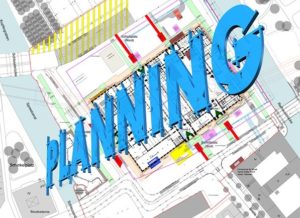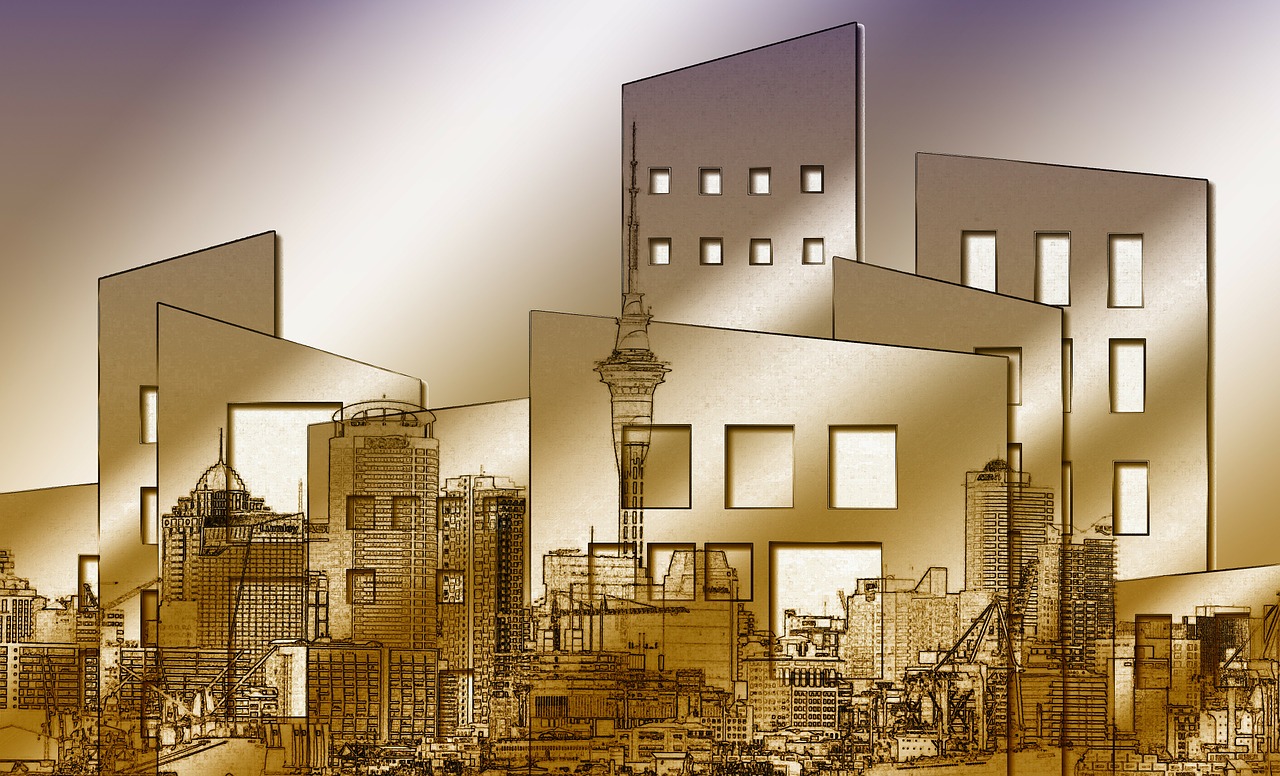Cities all over the world have been built and expanded over time. Almost every major city on the planet can trace its origins for centuries or even millennia. However, some cities can be force-build, which seems to be the growing trend of 21st-century infrastructure.
More than ever before, we are purposely building cities in every corner of the globe. Right now, there are over 100 new ones being built in over 40 countries. The primary reason this is happening is the market expansion. But is building metropolises from scratch a good idea and a model for the future, or are new cities destined to become debt-fuelled catastrophes?
Why Are Cities Purpose-Built?
The obvious reason for purpose-building a metropolis is overpopulation. Certain countries want to unburden some of their already existing urban areas by creating brand new ones. This also may solve the issues of traffic obstruction, pollution, and the sparsity of housing.

However, there’s also a business angle we should look at. The construction industry can be highly profitable to certain individuals, and it’s a great opportunity in booming economies. Also, adding more infrastructure to a city can be way more expensive and complicated. There are fewer things you need to work around with, and you can start from wherever you like.
Another major motive for erecting new cities comes from migration. People are traveling to other countries in order to find new opportunities on a much larger scale than ever before.
The Main Issues

At first glance, it seems that building a new city is an ideal solution to solving many urban and socio-economic problems at once. However, the truth is different.
Many countries are drawn by the potential monetary rewards of building new metropolises. New and attractive land can be sold for multi-fold profits that are simply irresistible to some. They back their economic ventures on solutions that a new urban environment might provide, often overlooking the complexity of work and the issues that may arise from it.
New cities are gargantuan projects, and they can only be achieved with massive bank loans. However, there are no guarantees that these projects will justify the risks and actually turn out profitable. Therefore, the construction of new cities is often rushed and poorly planned, thus creating disorder so we end up with urban areas that are actually less functional than the old ones.
How to Make It Work?

In order for their existence to be justified, new cities must have an already established economic plan. What kind of a society are they meant for, what is their geographical location, what kind of opportunity will people see in them? All these questions must be answered before the first cornerstone.
It’s much more than just putting in a few office buildings and employing talented architects. Cities cannot sustain themselves without attracting residents that can see their life getting ultimately better than what they left behind.



